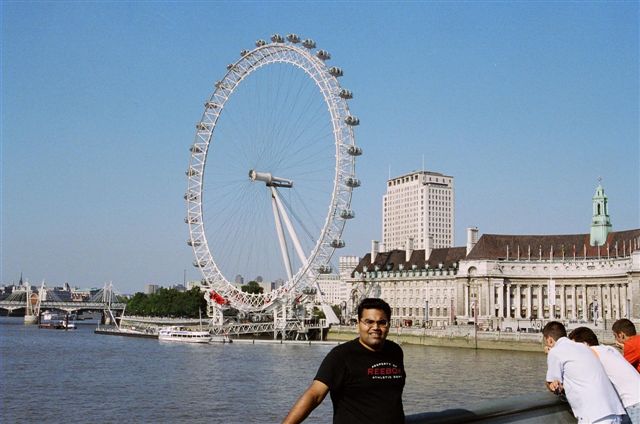On a long haul international flight, the most boring part besides watching the rerun of movies is standing outside the loo and waiting endlessly for your turn. On a recent trip while I was waiting for my turn, twice or thrice I saw the call attendant light outside the loo blink. Each time the attendant came and asked the person inside if everything was fine, she got a +ve reply and went back. False alarm. It was not as if the call was made by one person. I saw that pattern getting repeated with 3 different people in 2 separate loos. Curiosity took over me as finally my turn came and while the call of the nature happened, I was snooping around to find where the attendant button was. As I accidently spotted the button (yes, I was on the verge of unknowingly pressing it), it dawned upon me why the airhostess was getting called for no reason by person inside the loo.
Take a look at the picture above. The orange colored button is placed on the left hand side. In the matchbox shaped toilet, as the person sits on the pot, many a times in that cramped space the person tries to adjust himself in and this is when the button gets accidentally pressed as it’s too close to the arm and tucked away near to the waist level and gets missed completely by the person. It nearly happened with me too as I tried to jostle in the compact loo.
Flawed Product Design
The above incidence serves as a good example for software & product designers. The intent of placing an emergency call button close to the person is right, but should that be the right position where it needs to be placed? Any call to action features, be it on the web, desktop applications and as my airline loo experience showed me should be placed where it’s visible and convenient for a person to use. In that loo the button was getting missed and that was the reason it was getting accidentally pressed by people. Perhaps shifting the button a little more to the left could have solved the problem. A) The accidental pressing would have stopped. B) The button would have been more visible and in front of the eye.
In conclusion, as a designer or a product developer it’s imperative to step into a user’s shoes and iron out these kind of potential usability issues at initial stages of design itself. Getting the product prototype tested by actual users during prototype stage helps in finding problems that are easier and cheaper to fix rather than unearthing it after the product has been released. Involve a usability consultant in the project right from the inception stage as their expertise and usability knowledge can help in shaping up the product as per user expectations and meet defined goals & business objectives.


